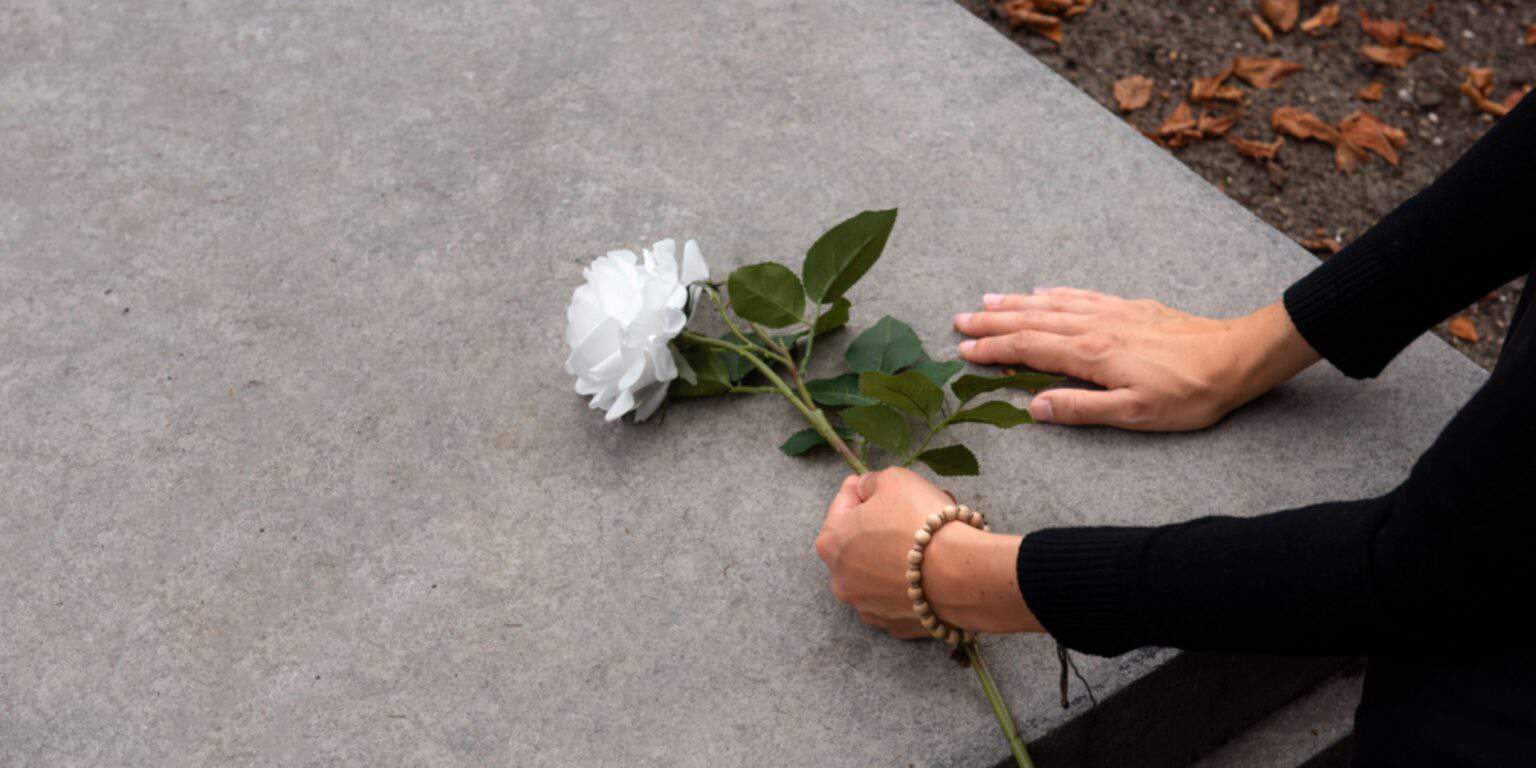Few events are as universally significant as the passing of a loved one, in the tapestry of human existence. However, the ways in which we celebrate and remember their lives have evolved over generations. Funeral trends are not static; they ebb and flow like the river of time, influenced by the values, traditions, and preferences of each age group. In this exploration, we delve into the diverse funeral trends that define different generations and the beautiful tapestry they weave in commemorating life’s final chapter.
Traditional Elegance of the Silent Generation (1928-1945)
The Silent Generation, born during the aftermath of World War I and the Great Depression, has often embraced traditional and formal funeral customs. In their time, a standard funeral included somber black attire, classical hymns, and a formal service at a place of worship. Caskets were ornate, and gravesites were meticulously maintained. The focus was on solemnity, dignity, and respect for the departed.
The Baby Boomers’ Era of Personalization (1946-1964)
Baby Boomers, known for their penchant for individualism and innovation, began to reshape funeral trends. They introduced the idea of personalization, seeking to make funeral services more reflective of the deceased’s unique life. Funeral homes adapted by offering options like themed memorial services, photo and video tributes, and custom-designed caskets or urns. The music shifted from hymns to the deceased’s favorite songs, creating a more celebratory atmosphere amidst the grief.
Generation X: Embracing Simplicity and Flexibility (1965-1980)
Generation X brought an appreciation for simplicity and flexibility to funerals. They veered away from elaborate ceremonies, favoring intimate gatherings. Cremation gained popularity, as it offered a more affordable and adaptable option. This generation also started to explore eco-friendly funeral practices, aligning with their growing environmental consciousness. Funeral trends began to align with a more relaxed and less formal approach.
The Millennial Era of Technology and Personal Expression (1981-1996)
The advent of the digital age significantly influenced the funeral trends of Millennials. Technology played a crucial role, with live-streamed funerals, virtual memorial walls, and social media tributes becoming commonplace. Millennials seek personal expression in every aspect of life, and funerals are no exception. DIY memorial services, art installations, and unconventional venues like parks or beaches are part of the new norm. Sustainable and green funeral practices also gained traction, aligning with their environmentally conscious ethos.
Generation Z: Redefining the Funeral Experience (1997-Present)
The youngest generation, Gen Z, is continuing the trend of redefining funeral experiences. They value authenticity and are likely to choose personalized, emotionally charged services over traditional rituals. Gen Z is also embracing technology to an even greater extent, with virtual reality experiences that allow mourners to feel more connected to the departed. They are at the forefront of changing attitudes towards death, advocating for open conversations and removing the stigma around end-of-life discussions.
The Intersection of Tradition and Innovation
What’s fascinating about these evolving funeral trends is the way they intersect and blend. Families may choose to incorporate both traditional and modern elements in their farewells, honoring the past while embracing the present. For example, a Baby Boomer’s funeral may include a classic hymn but also feature a heartfelt eulogy and a photo slideshow.
A Compassionate Future
As we look to the future, one thing remains certain: the funeral industry will continue to evolve. Each generation brings its unique perspective and values to the way we commemorate life’s final chapter. What’s consistent, though, is the importance of compassion, support, and honoring the wishes of the departed and their loved ones.
Funeral trends are not monolithic; they are the product of the values, beliefs, and desires of different age groups. From the Silent Generation’s traditional elegance to Gen Z’s redefined funeral experience, each generation has left its mark on how we say our goodbyes.
These evolving trends remind us that funeral customs are not stagnant but adaptable, reflecting the dynamic nature of our society. Ultimately, the goal remains the same across generations: to honor the lives of those we’ve lost, find solace in shared memories, and create a meaningful farewell that reflects the uniqueness of each individual’s journey. In this ever-changing tapestry of funeral trends, the common thread is the love and respect we hold for the departed and the legacy they leave behind.

